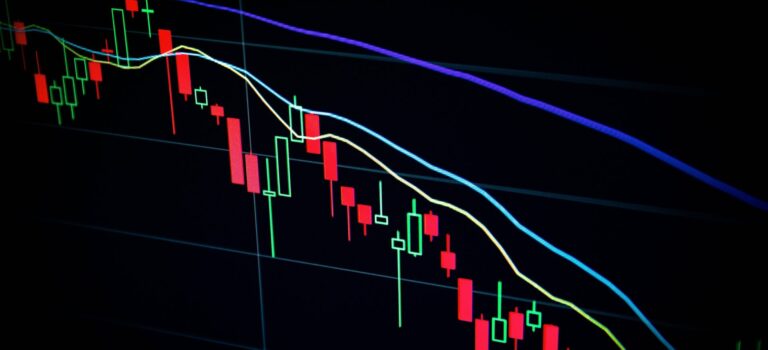The market’s long losing streak finally ended last week, with all major market indexes moving higher. The week started on a down note, with negative reports about corporate outlooks and home sales. By Tuesday morning, all the indexes were in the red, with the Nasdaq ending the day down another 2.3 percent. The markets turned around on Wednesday, possibly due to oversold conditions, selling exhaustion and some positive retail earnings reports.
The market rallied on Friday, with the Dow Jones Industrial Average finishing up 575.55 points or 1.8 percent. The S&P 500 rose 2.5 percent, and the Nasdaq jumped 3.3 percent for the day.
Thanks to gains on Thursday and Friday, the major market indexes closed higher for the week. The Dow closed the week with a 6.2 percent gain, ending its longest losing streak of eight weeks since 1923.
For the week, the S&P 500 was up 6.6 percent, and the Nasdaq gained 6.9 percent, which ended a seven-week losing streak for both indexes, their longest losing streak since 2001.
For the year, the Dow is down 7.8 percent, the S&P 500 is lower by 12.2 percent, and the Nasdaq is still down 22.2 percent.
Wednesday afternoon, the minutes from the recent U.S. Federal Reserve meeting were released. As they stated earlier in the month, they are prepared to raise interest rates quickly to fight inflation. They are now likely to raise interest rates by 50 basis points at its next two meetings. They indicated that their policy could move past a neutral stance and become more restrictive.
A neutral stance means that they are neither supportive nor restrictive of growth. A restrictive stance means that the central bankers could move interest rates to a level beyond neutral, a move that could restrict economic growth.
Currently, the markets are pricing in a rate of 2.5 percent to 2.75 percent by the end of the year. Becoming restrictive could push rates even higher. The markets took the news of two consecutive 50 basis point hikes as a signal the Fed might end the rate hikes later in the year. If so, this could show a bottom forming in the markets.
The minutes also indicated that its members are still hopeful they can lower inflation, but they are also concerned about financial stability risks. Furthermore, they indicated that an outright sale of mortgage-backed securities is another possibility. But before that happens, there would be a notice well in advance.
The preferred inflation gauge that the Fed likes to use is the Personal Consumer Expenditures Price Index (PCE). The PCE came in at an annual rate of 6.3 percent for April, down from 6.6 percent in March.
The Core PCE, taking out food and energy, increased by 4.9 percent, which matched the estimates, and was down from 5.2 percent the previous month.
The first-quarter GDP was slightly worse than expected, with a decline of 1.5 percent compared to the initially reported decline of 1.4 percent. That was the worst quarter for the GDP since the second quarter of 2020, during the pandemic.
The Atlanta Fed GDP Tracker is expecting the second-quarter GDP to show a growth of 1.8 percent. Surging Covid cases and supply chain issues continue to create inflation. The Fed stated they will continue to raise rates until there is evidence that inflation is closer to its target rate of 2 percent.
The bond markets finally calmed, with the 2-year Treasury closing at 2.47 percent. The 2-year attempts to forecast the level of the lending rate two years from now. The 10-year Treasury closed at 2.743 percent.
On Tuesday, it was reported that sales of newly built homes dropped 16.6 percent in April from March, far more than expected, and were down 26.9 percent from April 2021. There has also been a pullback in demand for new housing.
Slower sales have pushed the inventory of newly built homes to jump to a nine-month supply. A six-month supply is considered a good balance between buyers and sellers.
Because of inflation and rising interest rates, home prices remain out of range for many potential homebuyers. The median price of a home sold in April was $450,600, up almost 20 percent from a year ago. The average rate on a 30-year fixed mortgage ended the month at 5.41 percent, up from 4.88 percent at the start of May.



